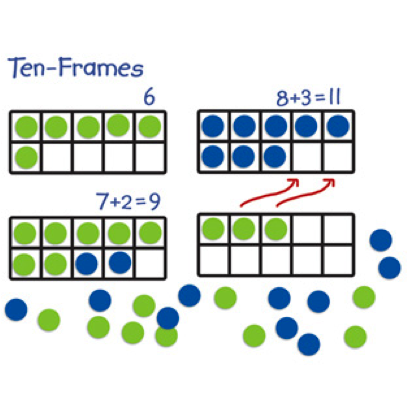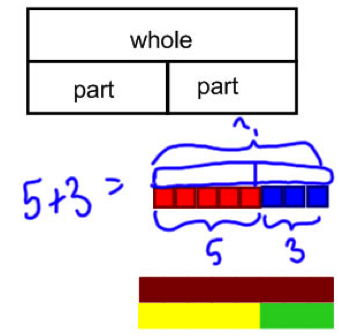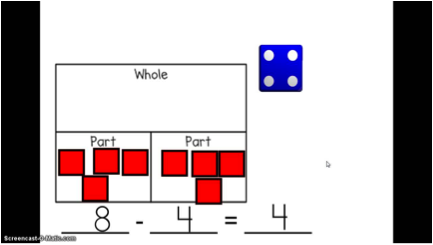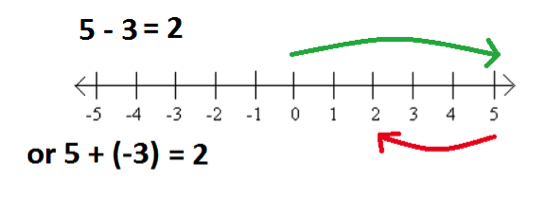I have many, many parents tell me they don’t understand the math their child is doing, and they don’t want to confuse them by showing them a different way to solve the problem. There are obviously different opinions revolving the Common Core State Standards (CCSS) but no matter what, we still want to be able to help our children with their homework and feel connected to what they are learning. I thought it would be helpful to explain some of the ways children are learning to add and subtract so we can better connect to the work they are doing in the classroom.
There are different models that are used to help children understand the relationship between addition and subtraction. I like to think of these two operations as always connected. I try not to teach one of these concepts without the other one. So in essence, as students are learning to add, they should also be learning to subtract.
Below are some of the models that students are using to help them understand the relationship between addition and subtraction. Hopefully seeing these models and understanding how to use them will help you when you see your child using them.
MORE: 5 Resources for Parents Who Are Stumped By Math Homework
Ten Frames: A ten frame is a 2 x 5 array that is filled with counters to teach children subitizing (seeing a number), combinations of 10, patterns and adding/subtracting. As the child fills the 10 frame they start to “see” the value of different numbers, and can begin to add and subtract numbers less than, equal to and greater than 10. One of the most important concepts of a ten frame is for a child to “know” that when the frame is filled it is equal to 10. They don’t need to go back and count all the counters starting at 1. This also reinforces the concept of place value and our Base Ten System. Practice using ten frames with your child with this handy ten frame printable.

Image: GreatMinds.net
Base Ten Blocks: Base Ten Blocks are manipulatives used to represent place value and assist students in understanding the Base 10 System. Below is an example of using tens and ones to add with regrouping. Students use these blocks as a way to visualize the regrouping process so that when they learn the traditional algorithm they truly understand what they are doing. These really are helpful as the numbers get larger and students make careless mistakes — the base ten blocks help them to see their mistake and how to correct it.

Image: mason.gmu.edu
Part-Part-Wholes: A part-part-whole diagram is essentially a bar model that represents the different parts and wholes in a number equation. This model is an excellent way for young students to see the connection between addition and subtraction. I really like to use part-part-wholes when solving word problems. Students can identify the unknown number with a blank space or question mark, then decide whether they are going to add or subtract to solve.


Image 1: LangfordMath.com / Image 2: Hereford Elementary First Grade
Number Lines: Number lines are an excellent model for students to show or represent their mathematical thinking. They help students to move from the concrete/pictorial stage to a more abstract understanding of addition and subtraction. A great way for students to show understanding of both operations is to show addition above the number line and subtraction below, like in the visual below:

Image: SoftSchools.com

